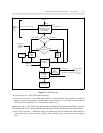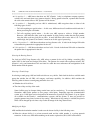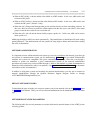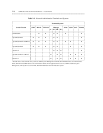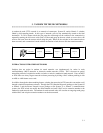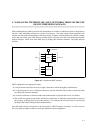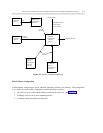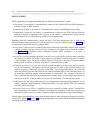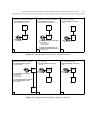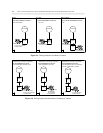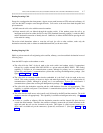
4. MAIN-SATELLITE/TRIBUTARY (MS/T) NETWORKS THROUGH THE UDP
OR MULTIPREMISES PACKAGES
_ ______________________________________________________________________________________
_ ______________________________________________________________________________________
_ ______________________________________________________________________________________
Main-satellite/tributary (MS/T) networks are arrangements of switches in which one switch is designated as
the main, while subtending switches are satellites or tributaries. The main switch is fully functional; each
satellite uses the trunks and attendants at the main switch. Tributary switches differ from satellite switches
in that they have their own listed directory number (LDN) and may have their own attendant and public
network facilities. MS/T users reach other users by dialing their extension numbers. and public network
facilities.
MAIN
SATELLITE
ATTENDANT
LINES
LINES
TRUNKS
Figure 4-1. Standalone MS/T Network
MS/T configurations are appropriate when:
• A single location cannot be served by a single switch due to traffic throughput considerations.
• It is advantageous for users on different switches to use the same RNX and be able to reach each other
by dialing only extension numbers.
• It is more economical to centralize trunks and attendants than to disperse than across all switches.
• The switch site suggests that multiple switches be used because of either the organizational structure of
the company, or the physical layout of the premises. (For example, the site may consist of several large
buildings with limited cabling facilities between them.)
Note that main switches can function as the focal point of a MS/T complex of switches, as well as serve as
the access point to tandem switches in electronic tandem network arrangements.
4-1



